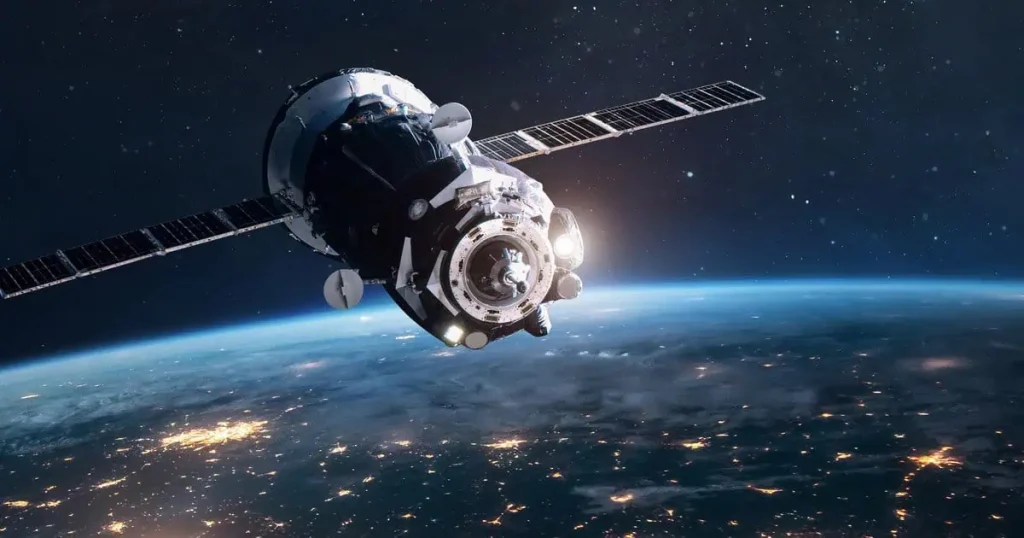MTN South Africa and LEO satellite provider Lynk Global have successfully conducted Africa’s first satellite-to-mobile phone call.
MTN’s Trial in Vryburg
MTN South Africa CEO Charles Molapisi made the following statement regarding the phone call:
“The call in Vryburg enables MTN and Lynk Global to test voice call quality and SMS capabilities over a LEO satellite connection. The technical trial was part of our work to find potential solutions to the challenges of providing coverage in underserviced, rural, and remote areas.”
“He added, “”The implications of potentially leveraging satellite partnerships will not only help MTN achieve its goal of 99% broadband population coverage, but most importantly benefit all South Africans.”“This marks the first satellite-to-unmodified-mobile phone call made on the African continent.”
Molapisi stated that this call demonstrates MTN’s ability to complement its ground-based cell towers and other infrastructure with LEO satellite connections.
LEO satellites orbit the Earth at altitudes ranging from 160 to 2000 km. Their orbital periods vary between 90 minutes and several hours, making them an important tool for applications that require rapid data communication or frequent revisits to specific areas.
Satellite Technology Benefits and Future Potential
The lower altitude contributes to shorter signal travel times, resulting in lower latency. This is beneficial for systems like video conferencing, real-time communication, and online gaming.
Additionally, satellite technology has become more widely used in recent years. One of the key reasons for this is the significant reduction in the cost of launching a 1 kg satellite into space, from around 85,000 USD per kg in the 1980s to just 1,000 USD today.
Direct satellite-to-phone communication also offers several potential benefits, including the development of mass notification capabilities for critical alerts such as weather warnings, health advisories, and humanitarian updates.



